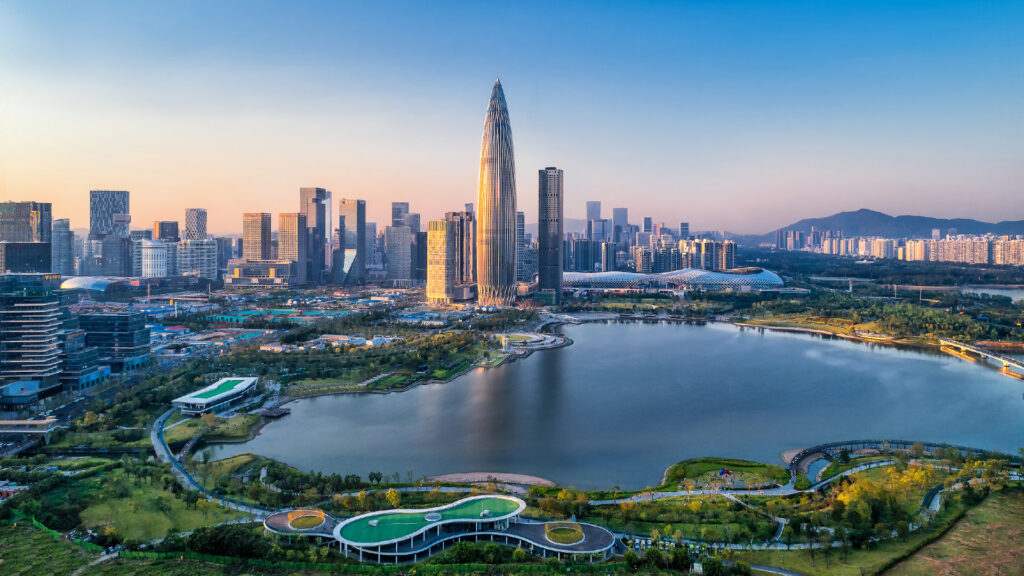Federal Republic of Brazil (Portuguese: Republica Federativa do Brasil; English: The Federative Republic of Brazil, referred to as Brazil, borders Uruguay, Argentina, Paraguay, Bolivia, Peru, Colombia, Venezuela, Guyana, Suriname, French Guiana, [1] the total land area of 8,514,900 square kilometers, It is the largest country in South America, ranking fifth in the world, and is divided into 26 states and 1 Federal district, with the capital Brasilia. As of the end of 2022, Brazil has a total population of 203 million. [1] [20] Brazil was formerly inhabited by Indians. On April 22, 1500, the Portuguese navigator Pedro Alvarez Cabral arrived in Brazil. It became a Portuguese colony in the 1530s. [1] In 1808 Napoleon invaded Portugal and the Portuguese royal family went into exile in Brazil. After Napoleon’s defeat, the Portuguese royal family returned to Lisbon, while Prince Pedro remained in Brazil as regent. [1] On September 7, 1822, Prince Pedro declared Brazil’s independence from Portugal as Pedro I, establishing the Brazilian Empire. On 15 November 1889, General Fonseca launched a coup d ‘etat, overthrowing the monarchy and establishing the United States of Brazil. On March 31, 1964, the military came to power under a dictatorship, which was changed to the current name in 1967. In January 1985, the military government stepped down. In 1989, general elections were held for the first time by direct popular vote. [1] Brazil’s economic strength ranks first in Latin America and 13th in the world (2021). Developed agriculture and animal husbandry, solid industrial foundation, civil regional aircraft manufacturing and biofuel industry in the world’s leading level. The service sector accounts for nearly 60% of GDP, and the financial sector is relatively developed.
